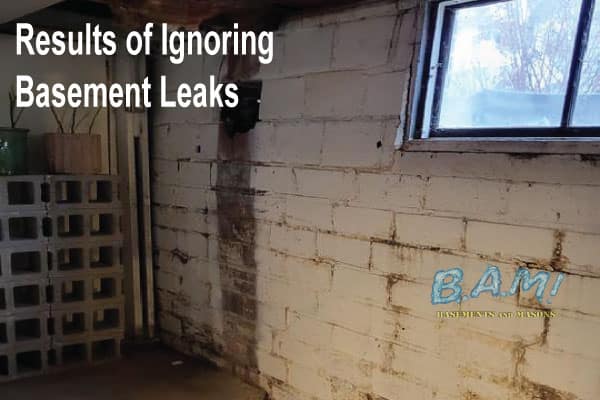The Facts About Best Basement Waterproofing Revealed
3 Easy Facts About Best Basement Waterproofing Shown
Table of ContentsAn Unbiased View of Best Basement WaterproofingThings about Best Basement WaterproofingThe Basic Principles Of Best Basement Waterproofing The Ultimate Guide To Best Basement Waterproofing
What creates water damage problems in your basement? Pipelines that line the within of your walls are simply one instance of where water damage can happen.The dirt and ground of your home is extremely crucial. If there is way too much water bordering your home, however, it can press the dirt right into your home and cause the seals of your basement to come to be compromised. when you see excess water in locations where it should not be, that is a great indicator that you have an issue.
You apply the coating with a heavy brush made with bristles swirled during application for an attractive, finished look. Concrete waterproof coatings can't be used to previously painted surface areas Silicate-based concrete sealers, also understood as densifiers, are additionally ideal just for wall surfaces that have not been repainted or secured.
Little Known Facts About Best Basement Waterproofing.
Plastic sheets and panels could be incorporated with indoor basement drain systems. They don't quit water from getting with the wall surface, however they do quit it from spoiling points in the cellar.
A sump pump is needed to move water out of your cellar. Below are a few points the professionals can set up to help the waterproofing process: this is made for the walls of your cellar.
Basement waterproofing is a terrific way to obtain in advance of potential water damages that may come your way.
Best Basement Waterproofing Can Be Fun For Everyone
When it concerns safeguarding your home, one of one of the most important steps you can take is cellar waterproofing. A dry cellar not just ensures a risk-free and healthy setting for you and your family, but it also aids to protect against pricey water damage and mold growth. In this blog site post, we will certainly go over the value of basement waterproofing, the advantages it offers, and how you can deal with protecting your room.

When it involves basement waterproofing, there are numerous methods that can be made use of to keep water out of your room. These include indoor sealants, outside waterproofing membrane layers, and drain systems. The very best technique for your basement will depend upon aspects such as the degree of water breach, the problem of your foundation, and your spending plan.
In conclusion, basement waterproofing is a critical action in securing your home from water damages, mold and mildew growth, and other concerns. By purchasing basement waterproofing, you can guarantee that your area continues to be dry, safe, and healthy for you and your household. Not just does cellar waterproofing provide assurance and protection for your home, however it can also boost its worth check out this site and save you cash on power prices over time.
An Unbiased View of Best Basement Waterproofing
Interior sealants are a kind of cellar waterproofing technique that includes applying a sealer to the inside of the basement wall surfaces and floorings. Water can leak into a cellar via cracks, gaps, or porous concrete, especially in areas where there is high groundwater or inadequate drain. This can result in water damage and mildew growth, along with damages to the foundation and architectural stability of the building.
It is an effective remedy for avoiding water damages and protecting the structural honesty of the structure. It can be costly and turbulent to install, as it needs excavation around the structure and might entail landscaping and other repair work once the waterproofing is complete. However, this method is one of the most reputable and durable option for stopping water seepage in the basement.
Foundation crack injections are a technique of fixing splits in the structure walls from the inside, go to the website without excavating my latest blog post the soil around the structure. The procedure entails injecting a liquid polyurethane or epoxy into the fractures, which then hardens and develops a water resistant barrier that prevents water from permeating through. This method is generally used for smaller fractures that do not posture an architectural risk, and can be completed rapidly and with very little disruption to the structure's occupants.